Description
The Mohawk Valley Battlefield Ethnography Project was designed to document the relationships between contemporary Indian peoples and the events that occurred in central New York during the mid to late eighteenth century. The particular focus was Fort Stanwix, located near the Oneida Carry, which linked the Mohawk and St. Lawrence Rivers via Wood Creek, and the Oriskany Battlefield. Because of its strategic location, Fort Stanwix was the site of several critical treaties between the British and the Iroquois and, following the American Revolution, between the latter and the United States. This region was the homeland of the Six Nations of the Iroquois Confederacy whose neutrality or military support was desired by both the British and the rebels during the Revolution. The Battle of Oriskany, 6 August 1777, occurred as the Tryon County militia, aided by Oneida warriors, was marching to relieve the British siege of Ft. Stanwix. Within a few miles of the fort it was ambushed by a British force comprised primarily of Indian warriors, most of whom were Senecas and Mohawks, and, like the Oneidas members of the Iroquois Confederacy. Among the project’s ethnographic objectives was to determine if there were oral histories of either the battle or the treaties which could balance the ethnocentric eighteenth century documents. Descendants of participants in those events were to be identified and their concerns and interests about the sites documented. This information could then be used by site managers to provide more accurate and culturally appropriate interpretations to the public and to inform management decisions. Another objective was to open lines of communication between park managers and Indian nations and individuals that would become part of an ongoing collaborative process. In addition to the ethnographic research, an archival component was designed to develop a history of the events surrounding the siege and battle as recorded in primary sources. Because the bulk of the Indian warriors were Iroquois, the first phase of the project focused exclusively on contemporary Iroquois peoples in the United States and Canada. During the course of the archival research it became apparent that other Indian nations were also represented at the battle and siege and the second phase, with similar objectives, focused on the Mississaugas, Hurons/Wyandots, Ottawas, Potawatomies, and Chippewas. No significant oral histories of either the battle or the siege were found. We believe that this is a reflection of both the length of time elapsed and the massive re-locations and traumas that occurred as a result of the Revolution. Interest was greatest among the Oneidas and Mohawks as the area is closest to their traditional homelands. Familiarity with the battle was much less among non-Iroquois who nevertheless eagerly sought what information we could give them about their ancestors’ participation. Attempts to identify descendants of particular warriors were unsuccessful due to restrictions on the use of tribal enrollment records. For the Iroquois it is reasonable to assume that all contemporary people have some ancestral connection. Community consultants who had visited Fort Stanwix National Monument were unanimous and outspoken in their objections to the orientation film then shown at the fort because it ignored the roles played by Indian warriors, dismissing them as “savages.” (The film was withdrawn within a few months of the receipt of the final report of the project’s first phase).

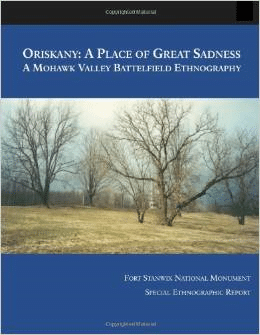
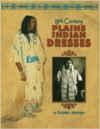
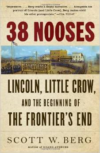
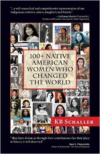
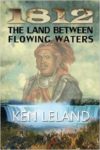
Reviews
There are no reviews yet.